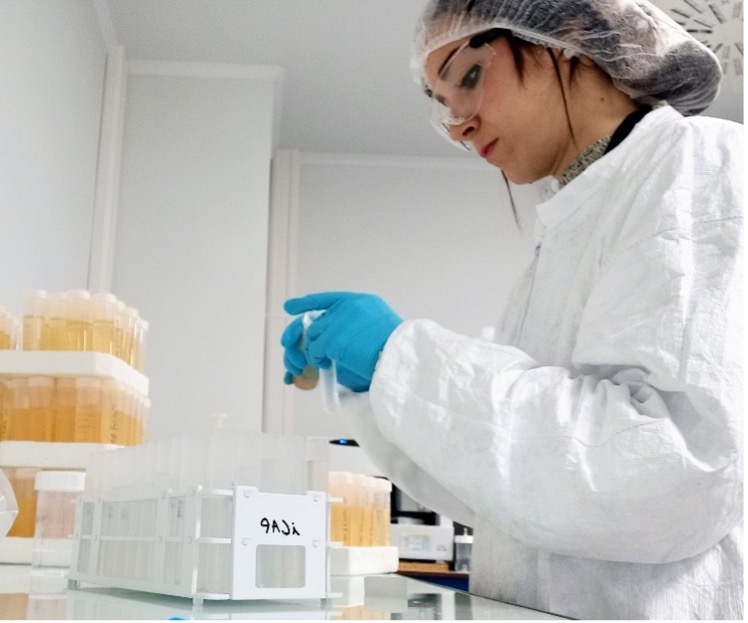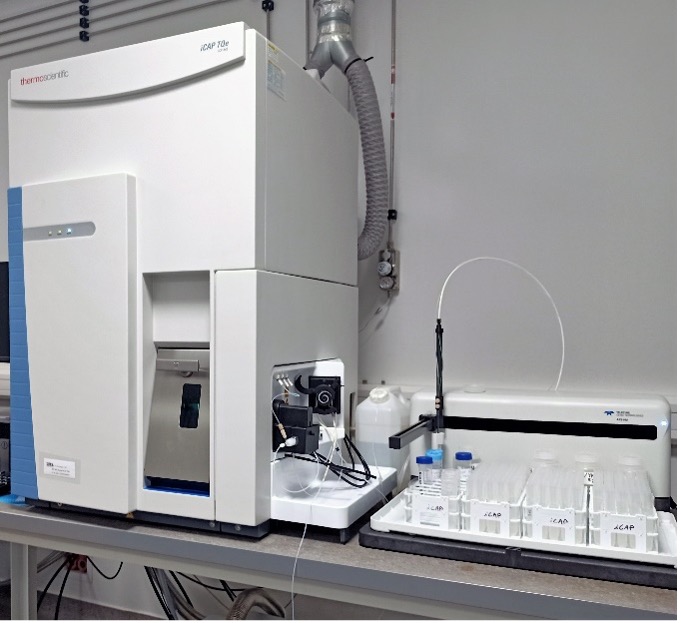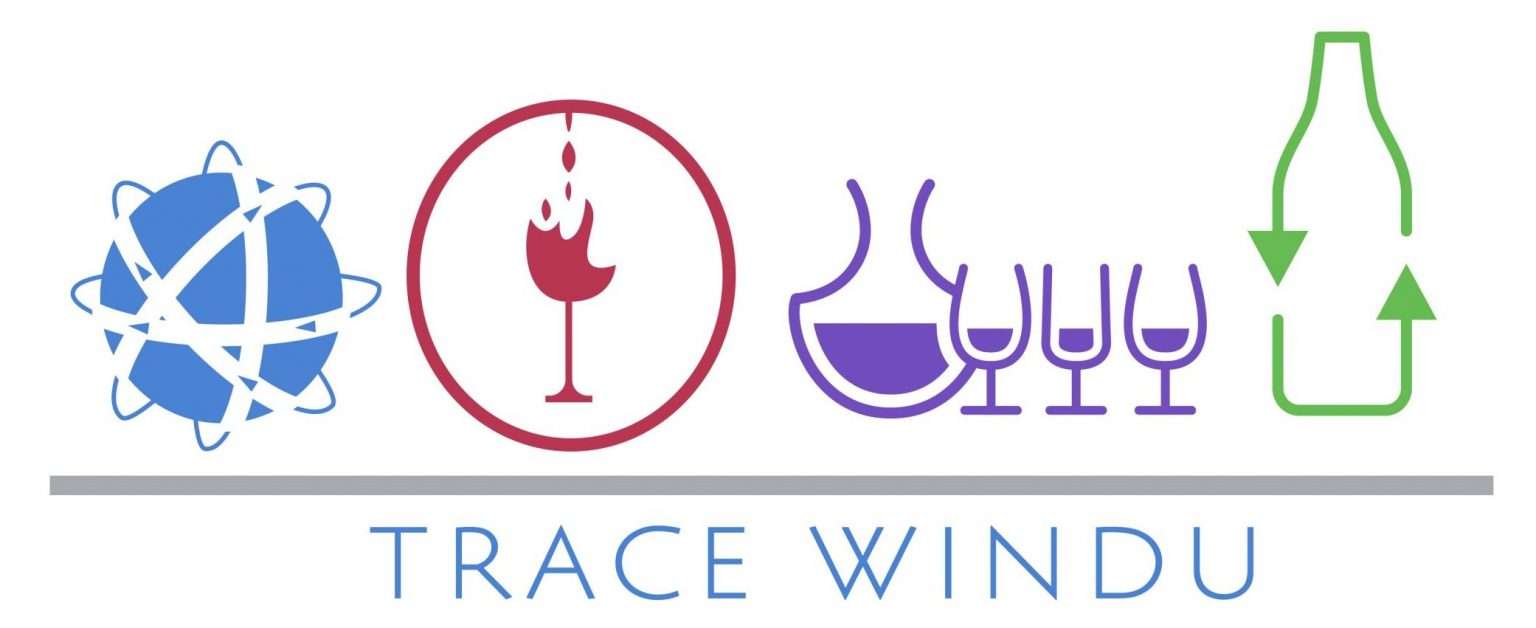Mrs. Ylenia Pieracci, enrolled in the third year of the PhD course of Science of Drugs and Bioactive Substances at the Department of Pharmacy of the University of Pisa (Italy), spent 3 months at UT2A of Pau (France), in the frame of the Tracewindu Project.

During this period she performed analyses to assess the multi-elemental composition of wines coming from different Nations (e.g. Spain and Italy) and from different regions of the same Nation (i.e. Italy). The present work aimed to evaluation the presence of a correlation between elemental composition and the wine origin. In fact, It has been observed that chemistry is able to link wines to their origin since it is strongly affected by the geochemistry of the soil in which the vine has been cultivated, as well as by anthropogenic contamination and agricultural practices. Both organic and inorganic compounds are relevant for traceability issues, however the inorganic ones are more stable and they could be evaluated in terms of concentration or isotopic ratios. Nowadays, the isotopic ratio determination of three non-traditional elements (e.g. Sr, Pb, and B) is one of the most powerful tools for tracing the wine origin, thanks mainly to the high precision of this measurement. However, their determination requires highly sophisticated analytical instruments (multi-collector ICP-MS), besides long sample preparation and analyte purification, making this analysis long and expensive. Hence the idea to apply a new developed isotopic dilution (faster and less expensive) to wine traceability. Therefore, the new analytical method provides the analysis of 23 major or minor elements selected on the basis of the research group experience and from literature data, representing markers of soil, agricultural practices, or anthropogenic contaminations.

The analysis was carried out using a triple quadrupole ICP-MS (Inductively Coupled Plasma – Mass Spectrometry) which allowed the measurement of all the elements at the same time since it is able to remove the interferences even of the highly interfered ones. The obtained data were then treated by statistical analyses, both descriptive and multivariate (PCA, HCA), to select the discriminant elements and discriminate the wine origin, respectively.
